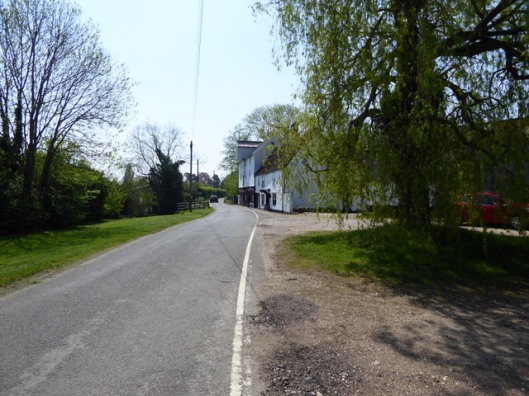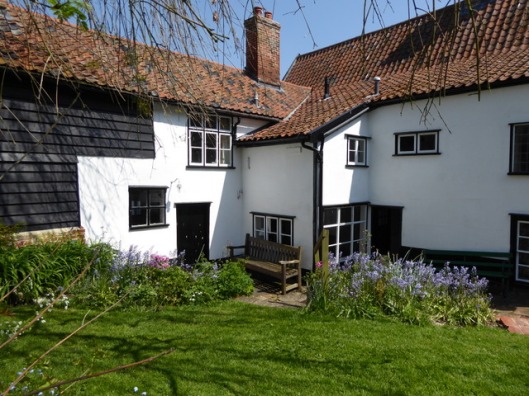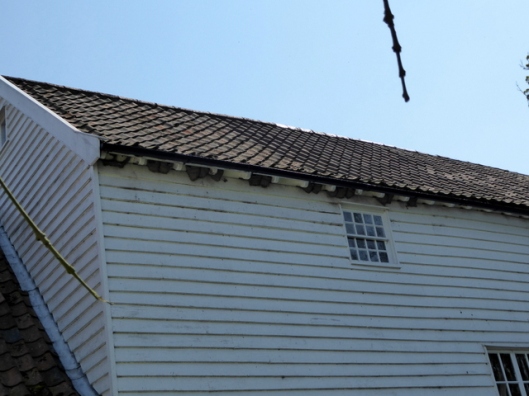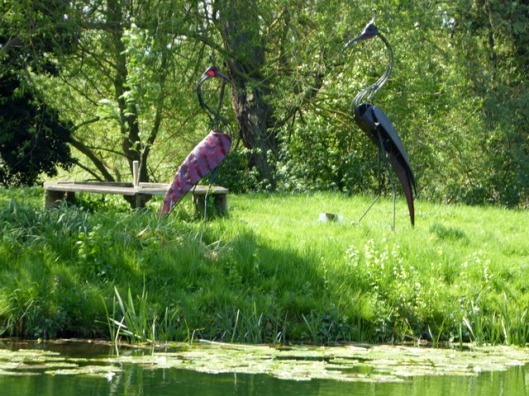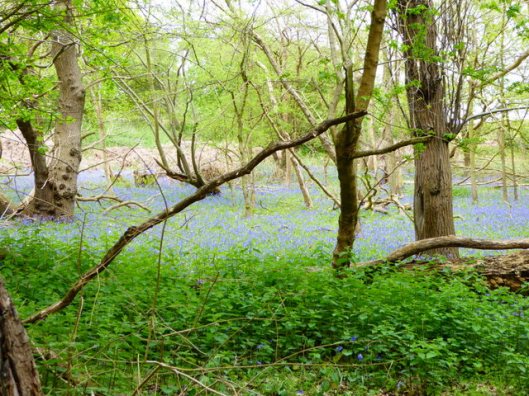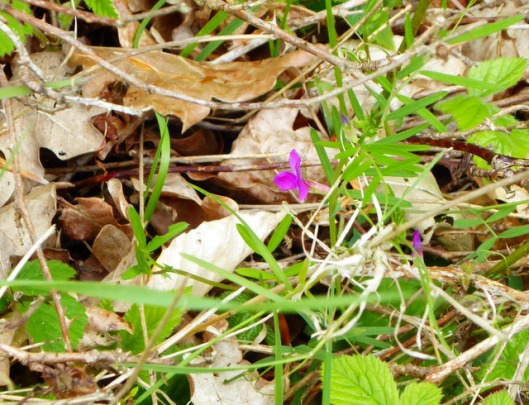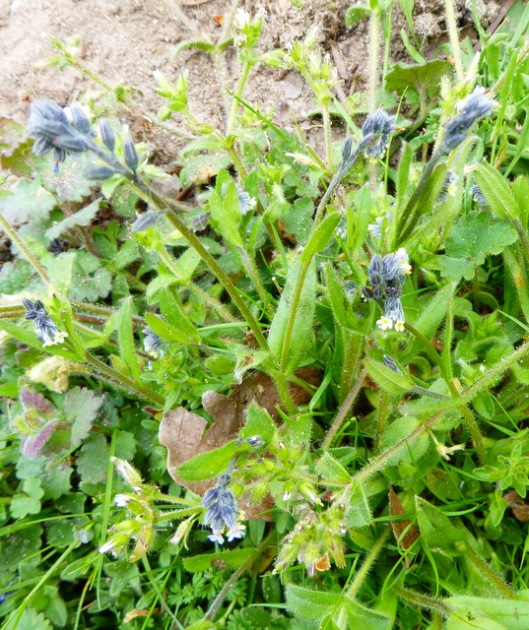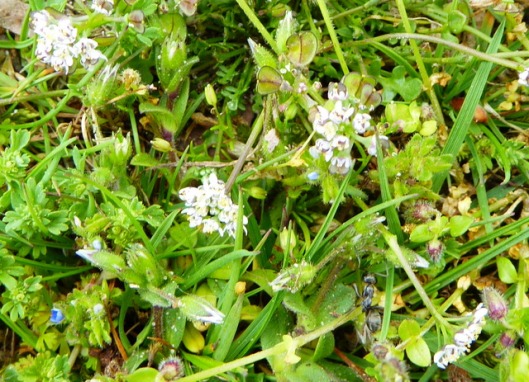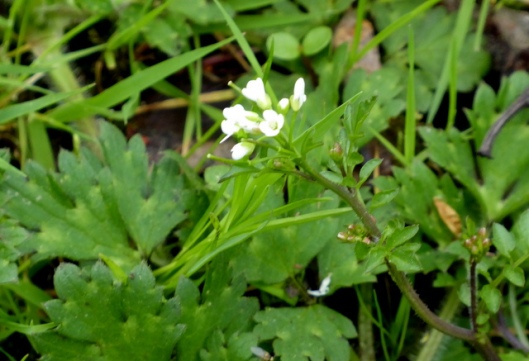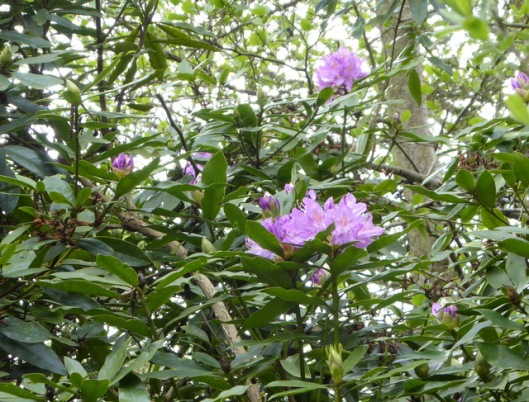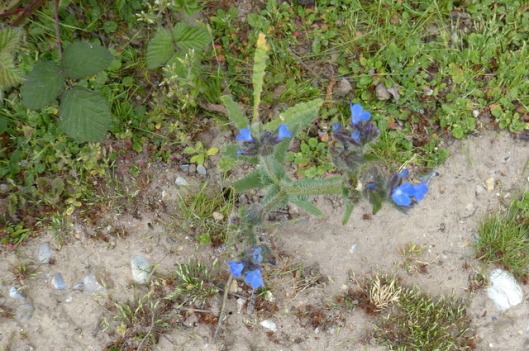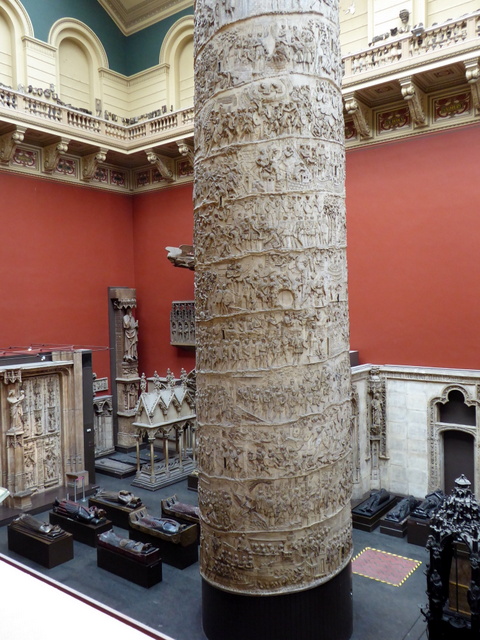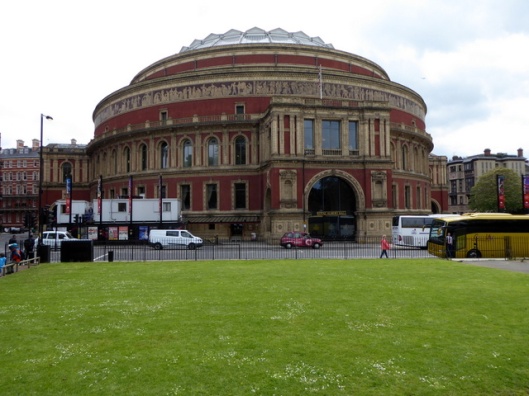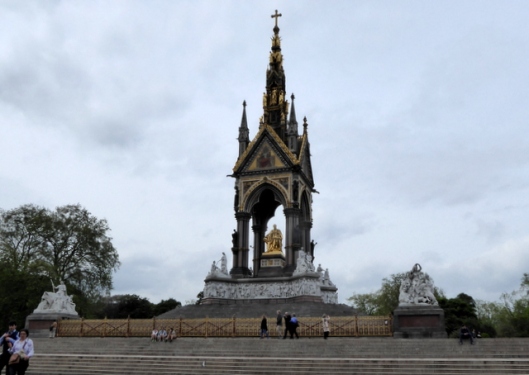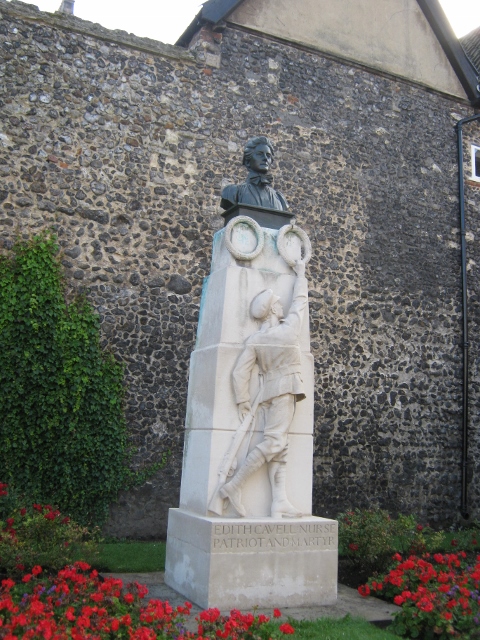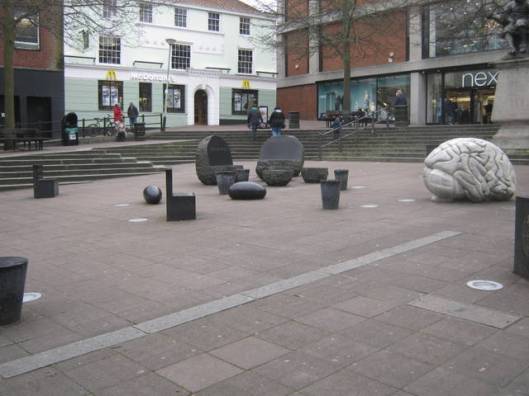Tags
bluebells, flour, mill, mill pond, Minsmere, Pakenham Watermill, sculpture, The Albert Memorial, The Royal Albert Hall, The Victoria and Albert Museum, This is How it Feels Inspiral Carpets, wedding, wild flowers
This, as promised in my previous post, is the first of my ‘highlight’ posts in which I will let you know some of the things we managed to do this year and will provide photos and links when and where necessary.
Just after Easter we went to the wedding of my dear friend Wendy and her husband John’s daughter Jennifer to her fiancé David. The wedding took place in the lovely church of St David in the village of Groes Faen in south Wales. We were delighted to be included in their family celebration, just as we had been when Jen’s older sister Vicky (my God-daughter) was married a few years ago. The reception was at the Pencoed House Estate, a beautiful manor house in lovely grounds. I was fortunate to be seated next to Wendy’s mother-in-law, Rene; she and her late husband Don had been so kind to me and Alice when my first marriage broke up. I was so sorry to hear that she died just a few weeks ago. I had been unable to take any photos at the wedding so was very pleased to receive a thank-you card from Jen and David which had photos from their wedding on it. I have scanned it and chosen one of the photos but it hasn’t come out very well.
ooOOoo
This next gallery of photos is just a reminder of what we have to look forward to in the spring!
I love bluebells (Hyacinthoides non-scripta) so I took a little detour on my way home from my mother’s house at the beginning of May so that I could see the flowers just outside the village of Withersdale Street.
ooOOoo
I have mentioned Pakenham Watermill before in my blog. It is where we go to buy the best wholemeal flour which I use to make bread.
ooOOoo
At about this time I visited Minsmere RSPB Reserve as I wanted to buy something from their shop. While I was there I thought I would quickly walk through the woods to see what I could see.
I don’t remember ever having seen this flower before despite it being ‘common’. The seed-heads can be seen next to the flowers and their shape gives the plant it’s name.
The flowers are tiny and very difficult to photograph. When they first open they are yellow but soon change to blue. The plant especially likes to grow on sandy soil.
This is another plant I don’t remember having noticed before, but that is not surprising because it is very low growing and not especially exciting to look at. You can see a wood-ant (10 mm long) towards the bottom right of the photo which gives you some idea of the size of the flowers which are about 2 mm across – two of the four petals of the flower are longer than the other two. The seeds are heart-shaped and a few can be seen at the top of the photo. The leaves in the basal rosette are lobed and can also be seen at the top-centre. Their shape reminds me of pasta servers.
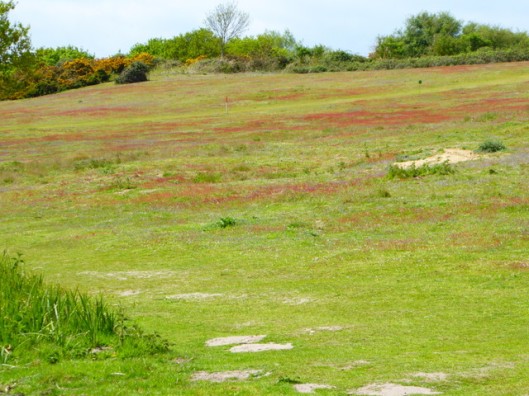
Common sorrel (Rumex acetosa) creating red patches on the rising ground. Gorse (Ulex europaeus) can be seen flowering in the bushes on the sky-line.
Rhododendron has naturalised and become invasive in many places. It is unwelcome as it reduces biodiversity and is very difficult to eradicate because it produces new shoots from its roots. This link speaks more about the plant.
This plant is very hairy and has interesting wavy-edged leaves. The flowers are a lovely intense blue colour.
ooOOoo
Elinor wasn’t able to join her art and design group on their trip to London in April so a few weeks later Richard and I took her there ourselves. We visited the Victoria and Albert Museum and Elinor chose to study the exhibits in the cast works gallery and the sculpture galleries.
Someone took a plaster-cast of the whole of Trajan’s column! The column is 30 m / 98 ft tall (with the pedestal it is 35 m / 115 ft tall). Its diameter is 37 m / 12.1 ft. This cast is now invaluable to scholars because the original column has become very weathered and the figures cannot easily be studied.
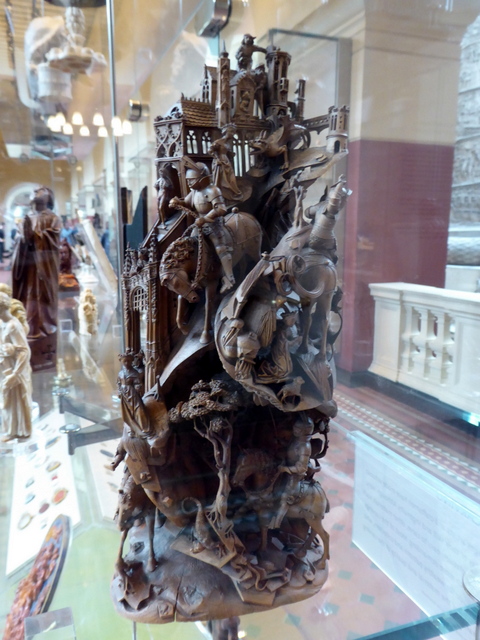
I love this medieval carving from Germany! The details of the knight’s journey are exquisitely worked. There are trees, people and small creatures, buildings, a dragon and a princess to be rescued! It was difficult to get a decent photo because of the reflections off the glass case. I also forgot to make a note of the artist and couldn’t find the piece when I went on the museum’s website.

‘A Bishop Saint’ by Sir Alfred Gilbert 1899. This bishop’s gentle expression appealed to me very much.
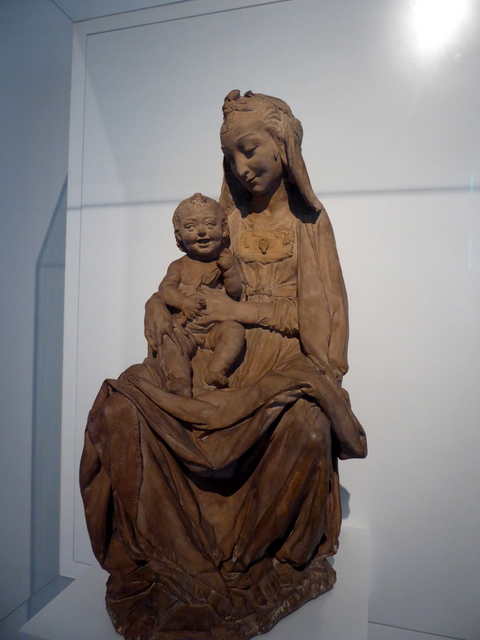
‘The Virgin with the Laughing Child’ probably by Antonio Rossellino ca. 1465. I could look at this statuette for ever! It is so intimate and loving! Look at the way the mother is holding her little boy on her knee with his leg between her forefinger and middle finger, her other hand on his tummy and his hand on hers.
After leaving the museum we decided to walk to Hyde Park and relax there for a short time before catching our train home.
ooOOoo
That’s it for the time being! I will leave you with my music choice, ‘This Is How It Feels’ by Inspiral Carpets, remembering Craig Gill (drums) who died on Tuesday 22 November 2016
Thanks for visiting!





